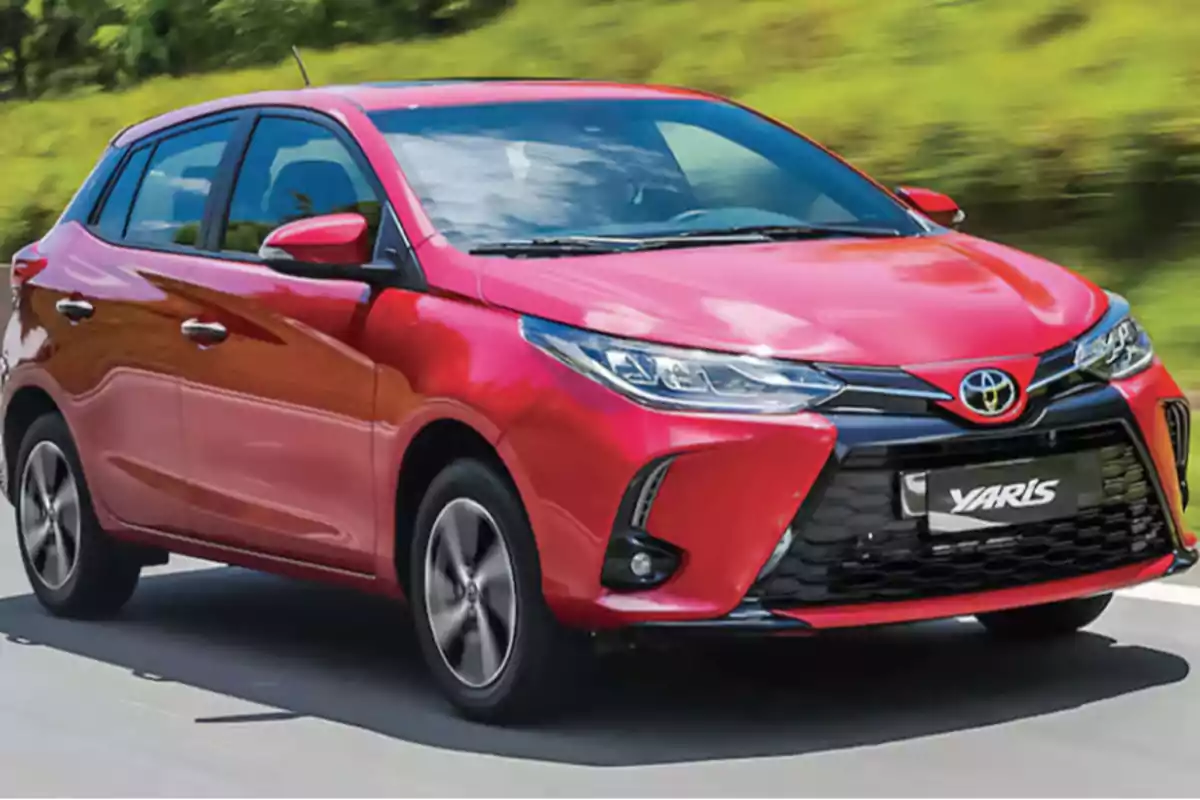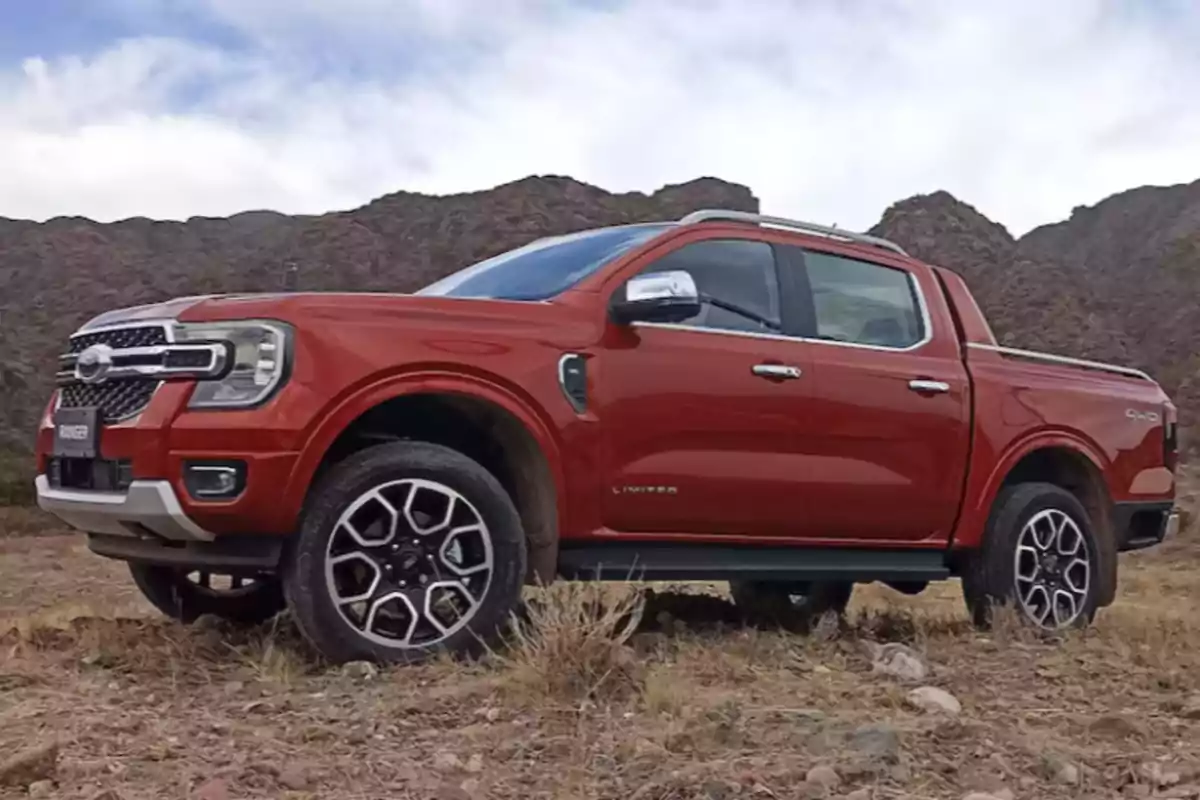
Thanks to Milei, Argentina no longer has the most expensive cars in the region.
The comparison shows that several domestic cars are already cheaper than in Brazil
Argentina is no longer in the uncomfortable position of being the country with the most expensive new cars in South America. Since March 2025, the automotive market has begun to show more competitive prices in dollars, especially compared to Brazil, the sector's main trading partner. This phenomenon is explained by the reduction of internal taxes, the use of 0% interest financing, and the exchange rate stability recorded in recent months.
Even after the recent removal of currency controls and the initial devaluation of the peso, the official dollar remained below the upper limit of the floating bands, which allowed a decrease in dollar terms for many models.
Argentine models more competitive compared to Brazil
The comparison between regional markets shows that some national cars are already cheaper than in the neighboring country. For example, the Toyota Yaris XLS CVT, produced in Brazil, costs USD 22,490 in Argentina and USD 23,650 in its country of origin, 5% more expensive.

Another significant case is the Ford Ranger LTD V6, manufactured in General Pacheco, which is sold in Argentina for USD 57,365. In Brazil, that same model costs USD 62,294, 8.5% more. The same occurs with the Nissan Frontier Platinum 4x4, which in the local market is worth USD 49,990, while in Brazil it rises to USD 56,739.
Price trends since March
Compared to March of this year, some models increased in dollars, but others decreased. The Renault Kwid went from USD 15,120 to USD 15,678 (an increase of 3.6%). In contrast, the Peugeot 208 Allure T200 dropped from USD 26,040 to USD 23,098, a reduction of 11% in dollars. Meanwhile, the Toyota Yaris rose just 2.1% in that same period.

The new regional automotive landscape
With this outlook, Argentina regains competitiveness in the regional market. The elimination of tax distortions and price stability in dollars allow consumers to access vehicles at more reasonable values.
The comparison also shows that the fluctuation of the Brazilian real doesn't affect prices in that country as much, while in Argentina, the floating exchange rate bands create weekly windows of opportunity for purchasing.
More posts: